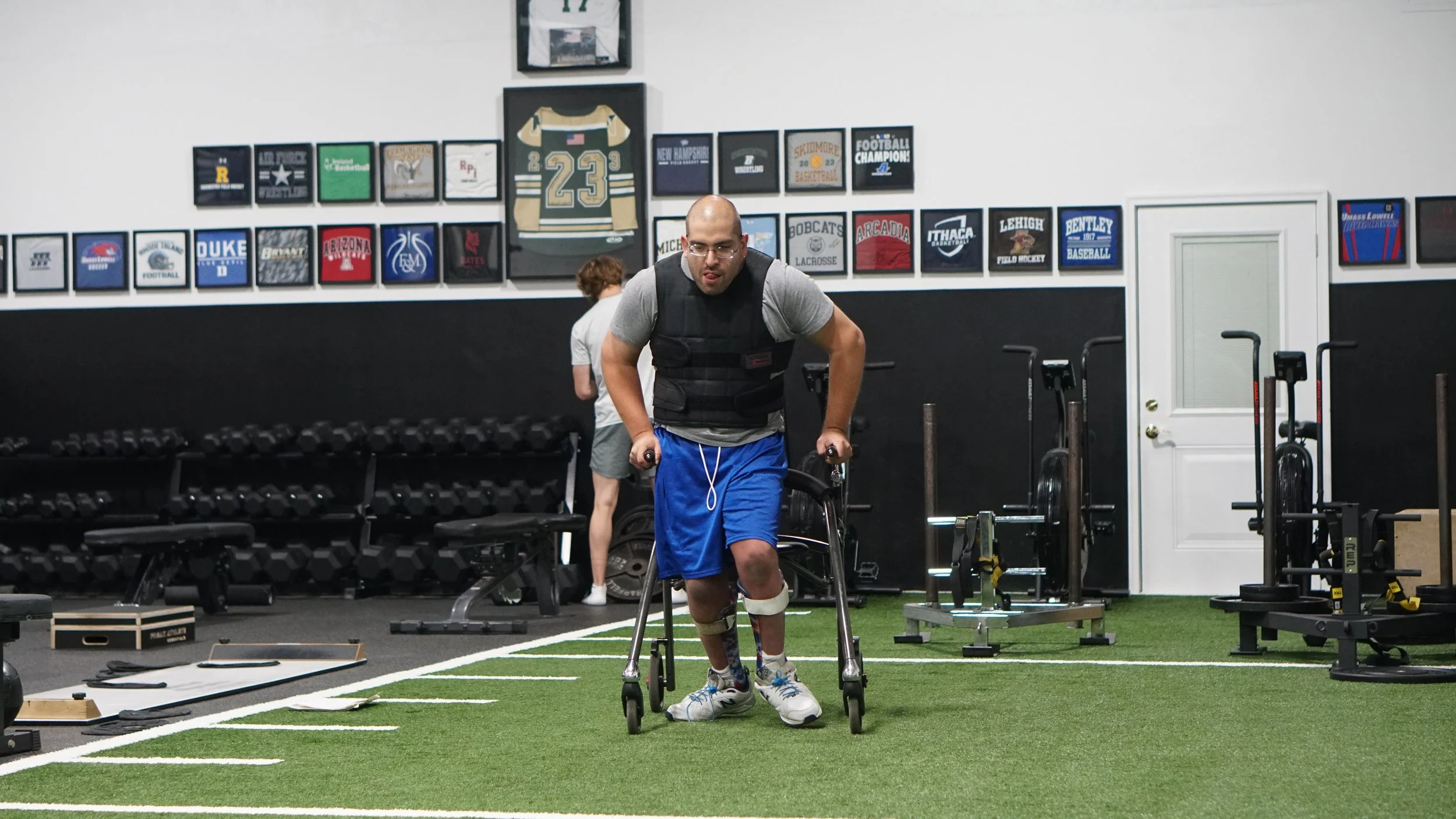
The Impact of Your Giving
A letter to potential donors,
The thought process I articulate here is influenced by spending half of my life working on social impact projects and a Ted Talk by Dan Pallotta, The Way We Think About Charity is Dead Wrong. If you haven’t listened to it, I would suggest that you do.
When people seek out charities to donate to, they often like simplified equations like “For $50, you can feed 5 families.” You want to hear that for $100, someone with a disability can attend ten sessions with a trainer. But then what? It doesn’t address the underlying structure that prevents that individual from having an opportunity to work out more than once a week for ten weeks. Seasonal programs and retroactively adding a weekly “adaptive class” to your facility’s schedule isn’t inclusive, accessible, or sufficient to address the health disparities between people with and without disabilities. Inclusion has to be a part of your business’ ethos. We teach individuals and organizations the process and profitability of making fitness accessible.
When we’re assembling an ask to “pitch” to you, we can’t quantify a return on investment of your donation yet. There is no clear and concise graphic that we can create to sell to you.
Rightfully so, you might ask, where does my donation go?
Well it doesn’t go to me as the executive director. We are in a unique position. According to Glassdoor, the median salary of a non-profit Executive Director is $125,000; with some twice as much as that. I work a full-time schedule on AdaptX and don’t take a salary; and I won’t in 2024 either. I’m lucky to be in a position to do so because my first company, Unified Health and Performance, a for-profit entity, is successful enough to subsidize my lifestyle.
People don’t want to hear that their donation goes towards overhead like staff salaries or marketing. But how are nonprofits supposed to attract the best talent if those employees are expected to make an economic sacrifice to work on a cause they’re passionate about? The two don’t have to be mutually exclusive.
In Pallotta’s TED Talk (the presentation was from 2010 so the numbers have likely changed by now), he references how a Stanford MBA can reach a $400,000 salary before they turn 40 in the for-profit sector but the average salary of the President of a hunger charity is about $85,000. Is that Stanford MBA willing to make a $315,000 a year economic sacrifice when instead he could maintain a significant amount of personal wealth, donate $100,000 a year to that non-profit, save $50,000 on taxes, bear the honorable title of Philanthropist, and be praised for the number of people he fed by redistributing a portion of his wealth?
While AdaptX is structured as a non-profit, I’m building it with a for-profit mindset. I donate my time to create the best products on the market, but I don’t expect my staff to do the same. If I want to work with the best minds in fitness, education, tech, and marketing, the compensation has to match what they can receive in the for-profit economy.
We’ve created a dozen revenue streams that we’ll scale in the next couple of years so that the overhead of the business is completely covered through the revenue that these channels generate and 100% of your donation can go towards the adaptive athletes that we started this company to serve. The AdaptX course, the podcast, newsletter, training programs, grants, research, and additional educational resources. Non-profit does not mean non-revenue generating. It just means that profits are exclusively redistributed to the cause.
For-profits can burn through investor capital for years without any return at the promise of future progress. But non-profits are placed under a microscope. There is definitely a reason to hold organizations accountable for how they spend donor’s hard-earned money, but as Pallotta explains in his presentation, when you discourage risk, you kill growth and innovation. For these initial years of growth, a larger percentage of donations will go towards staff and marketing; but without them, we’ll never reach the scale that has a global impact.
We can teach the most comprehensive course, host the best podcast, and disseminate the most insightful newsletter, but if these products don’t have an audience, their impact is futile. I started Unified Health and Performance to make my immediate community more inclusive. I started AdaptX to make the world more inclusive. But if I adopt the same no-cost, word-of-mouth marketing tactics that have led to Unified’s growth, I won’t impact anyone outside of Central Massachusetts.
The paradox between making money and doing good was a challenge for me when I first started my gym in 2016. I came from several thousand hours volunteering with Special Olympics and Best Buddies. I was perfectly content to trade my time for something I cared deeply about and that provided a lot of value to my life; as I continue to do through AdaptX.
I’ve now learned that having an impact and making money don’t have to be mutually exclusive. The more revenue we generate the more people we can help. In the coming years, we’ll be able to more accurately articulate the number of individuals with disabilities that benefit from your donation. But for now, we ask that you believe in our mission and believe in my track record of creating businesses that have an impact.
Thank you!
Brendan and the AdaptX Team
